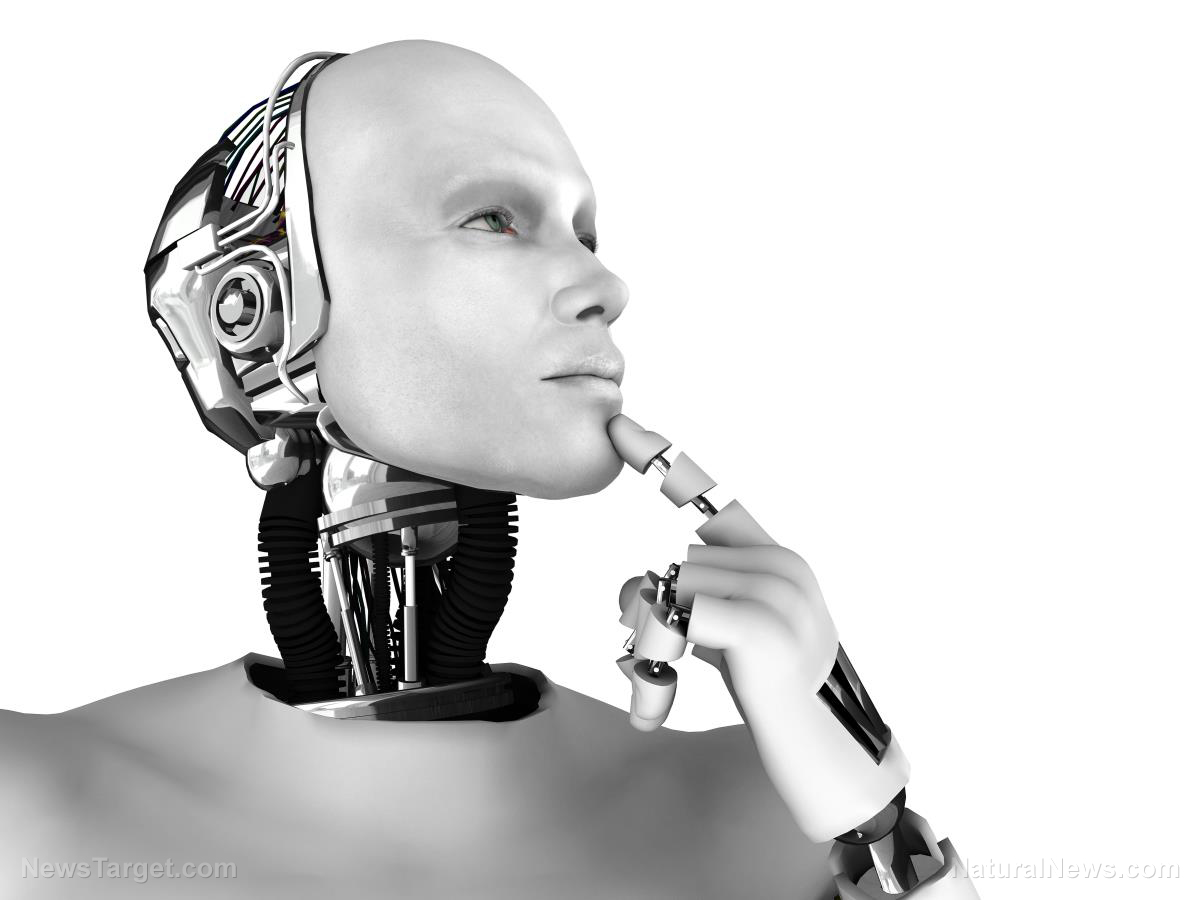
Advertisement
What’s next on the horizon for robotics? A new material that’s capable of self-healing could set the stage for advancements we’ve never seen before. While many natural organisms are capable of self-repair, for the first time, robots and other devices will be, as well. The new technology is seen as an exciting new frontier by some — but for others, this could just be another grim reminder that humanity’s days as the superior species could be numbered. Moreover, you might question if it is wise to create robots that are essentially smarter, stronger versions of ourselves.
Researchers from Carnegie Mellon University have developed a new “a self-healing material that spontaneously repairs itself under extreme mechanical damage.” They say their soft-matter composite material will boast a wide array of uses, which will reportedly include wearable computing, bio-inspired robotics and human-machine interaction.
New material could make robots invincible
The new material is made of liquid metal droplets that are suspended in a soft elastomer. When damaged, the droplets break apart and connect with neighboring droplets — rendering it capable of rerouting electrical signals with virtually no interruptions.
Even when the material has been cut, punctured or partially removed, the circuitry continues to function flawlessly. Because the material can continue to show high conductivity when stretched, experts say it will be ideal for power and data transmission.
Carmel Majidi, an associate professor of mechanical engineering and director of Carnegie Mellon’s Integrated Soft Materials Laboratory, spoke highly of the newly developed substance:

“Other research in soft electronics has resulted in materials that are elastic and deformable, but still vulnerable to mechanical damage that causes immediate electrical failure. The unprecedented level of functionality of our self-healing material can enable soft-matter electronics and machines to exhibit the extraordinary resilience of soft biological tissue and organisms,” Majidi explained.
“If we want to build machines that are more compatible with the human body and the natural environment, we have to start with new types of materials,” the professor added.
Why would we need to build machines that are “more compatible” with humans? Recall that in recent years, a number of experts have come forward to speak out against the threat posed by ever-advancing AI technology.
As it turns out, you really can be too smart for your own good — or at least, for the good of humanity.
AI dangers will become a reality
Earlier in 2018, tech mogul Elon Musk warned that AI is far more dangerous than weapons of mass destruction, like nuclear warheads. “And mark my words, AI is far more dangerous than nukes. Far. So why do we have no regulatory oversight? This is insane,” the Tesla and SpaceX founder said a few months ago. Musk has repeatedly called for regulations of AI technology, citing his concerns that intelligent people often discount the notion that technology will advance beyond human ability.
He said that this is a fundamentally flawed concept — and that he himself is frightened by his own creations. “I am really quite close, I am very close, to the cutting edge in AI and it scares the hell out of me. It’s capable of vastly more than almost anyone knows and the rate of improvement is exponential,” Musk contended.
But it’s not just the intelligence of AI people need to worry about; Musk himself has posited that humans will need to become “cyborgs” in order to have a fighting chance against the robots we’ll see one day in the near future. The tech expert expressed interest in creating a “neural lace” that would give human brains digital computing abilities.
At the World Government Summit in 2017, Musk surmised that if humans fail at the “merger of biological intelligence and machine intelligence,” we’d all be at risk of becoming “house cats” to a superior race of robots and AI.
Now that we’re paving the way for robots to be more intelligent and more “indestructible” than humans with this new, self-healing material, one might wonder: How long will it take for the dystopian future of “house cat humans” to come to fruition? Or more importantly, how will we fight back?
Read more stories like this at Glitch.news.
Sources for this article include:
Submit a correction >>
This article may contain statements that reflect the opinion of the author
Advertisement
Advertisements















